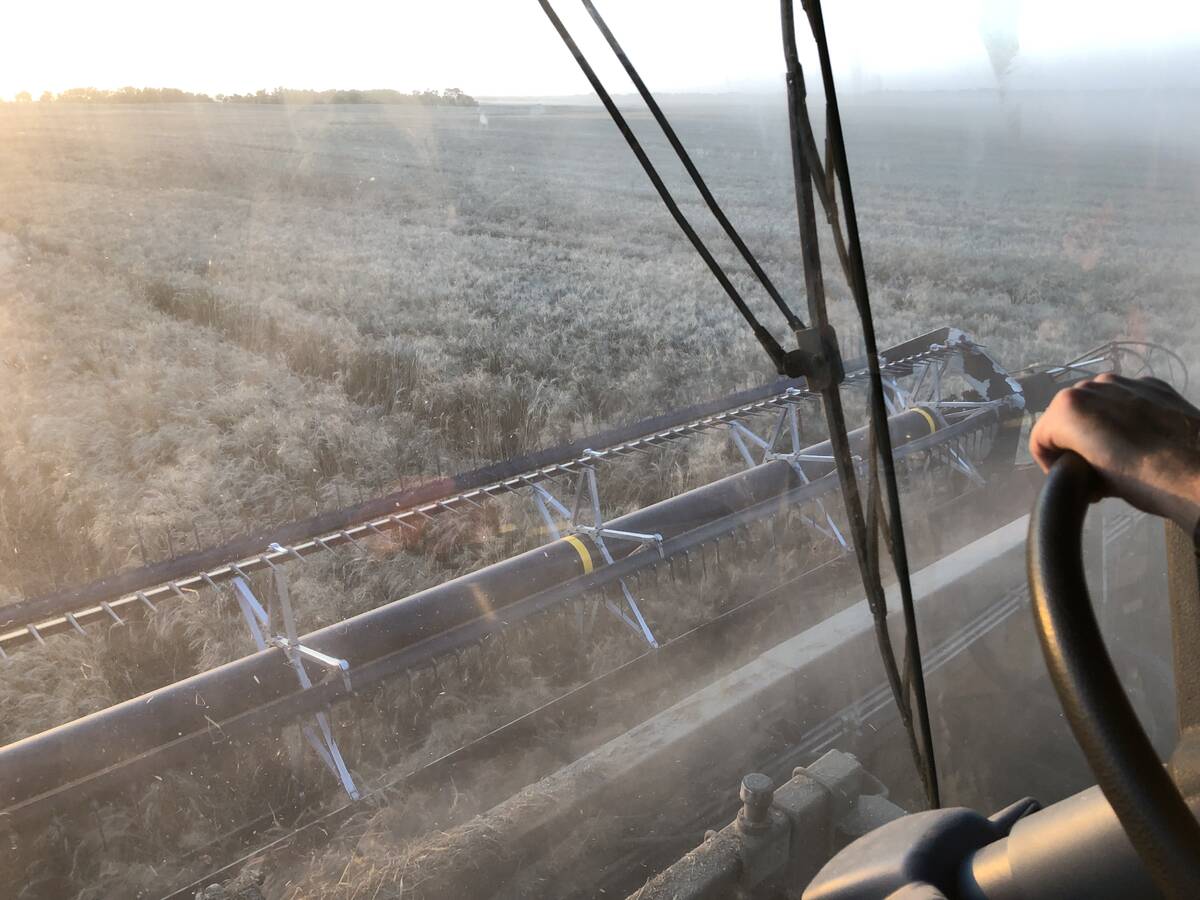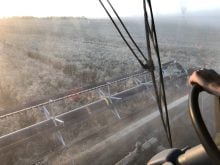SASKATOON – There’s excitement in Donalene Davidson’s voice as she describes the time she spends with her three new friends.
“Once I met them, well, you just fall in love with them … they become an extended family,” said Davidson, who is a legal secretary.
She is part of a pilot project allowing people with mental or physical disabilities to live an independent life with the support of people living in their community. Davidson volunteers, along with 13 others, to be a support group for three people living in Kleefeld, Man.
Read Also

Mail strike disrupts grain sample delivery
The Canadian Grain Commission has asked farmers to consider delivering harvest samples directly to CGC offices, services centres or approved drop offs as Canada Post strike delays mail.
The brother and two sisters, who are all in their 40s, moved into a large farmhouse outside of the village last December. The siblings, who are mentally handicapped and deaf, were on their way to a foster home after their mother was diagnosed with Alzheimer’s disease.
Enthusiasm in community
“None of us are experts at doing any of this but we are committed. There is a real caring about the people and a sense of community I found really exciting,” said Davidson, who became a support group member through her church.
The Manitoba pilot project, started last year, was developed by the provincial department of family services. The program, called In the Company of Friends, is part of a larger movement across Canada and the United States to bring people out of institutions and into the community.
David Wetherow, who helped develop the Manitoba project, said institutions were used with good intentions, but only allowed people to live “a very narrow life” and “makes people more handicapped” because they don’t have the opportunity to develop relationships.
“One reality is that we can’t create the opportunities and relationships that all people need, even in the most resourced institutions,” said Wetherow, with the Winnipeg Association for Community Living.
“Institutions give people security, sanctuary, special knowledge. What we are learning to do is how to do it outside of institutional walls,” said Wetherow.
Support groups work with mentally or physically challenged individuals to help them cope. The responsibility given to former institutional clients attracted Davidson to the project.
“It was seeing what they wanted and helping them make their own choices instead of somebody coming in and doing everything for them,” said Davidson.
The brother and sisters hired a live-in couple and respite staff to come in on weekends. There are also two people hired to drive and assist the trio in doing small jobs. Funding from federal and provincial programs pay staff wages and the brother and sisters’ living costs. A large garden, stacking wood for the furnace, caring for the lawn and getting rides to shop for groceries are part of the siblings’ life.
The Kleefeld network meets once a month to discuss the trio’s physical surroundings, educational needs and integrating them into the community. The three are driven to church, the social hub of the village, do volunteer work and pursue their individual interests. One sister is part of a sewing circle. The brother enjoys woodworking with a support group member.
Building a support group can be a challenge, said Nerina Robson, an individual planning co-ordinator with the Manitoba Association for Community Living.
Who can help
“Ask, ask, ask. It’s really funny but you sometimes ask the most obvious people and sometimes it’s the most unlikely people,” said Robson. “It’s like detective work. You just try and figure out who might be helpful, who might say yes and you just ask.”
While there is no maximum number of supporters, Robson suggests there should be at least five people.
“That way no one then feels burdened, no one feels that their friendship with the individual is onerous. It’s all fun,” said Robson.
Part of Davidson’s learning experience was how to communicate with the new Kleefeld residents.
“That is sometimes difficult but you gesture until you get across to them what you are trying to say,” said Davidson.
“If you are around them enough you get to know some of the regular signs. … But it’s all their own type of sign language that they learned as they were growing up,” she said.
Currently, the trio and a support group member are taking an American Sign Language course.
“The whole world will open up to them once they learn to communicate properly,” said Davidson.
















